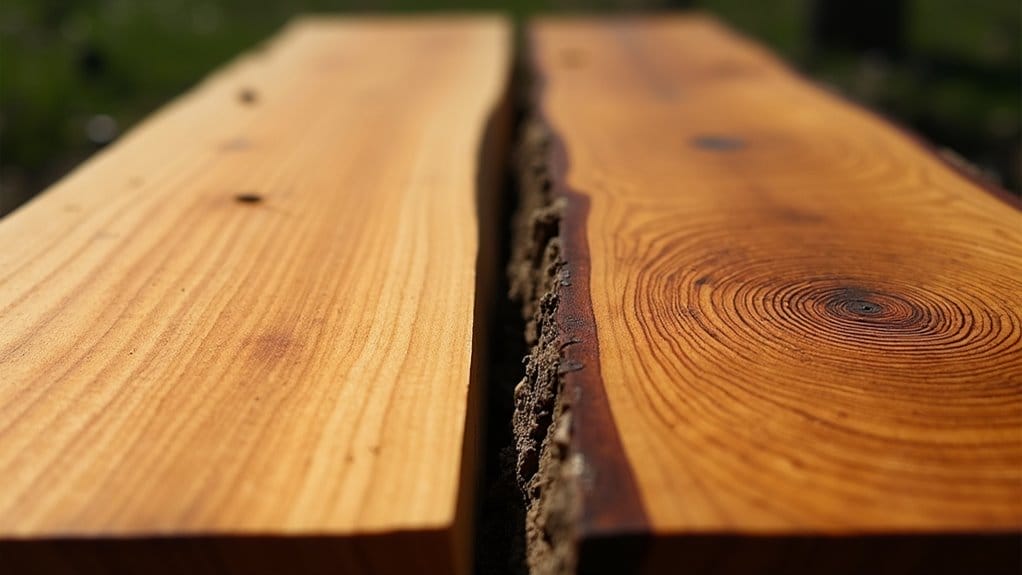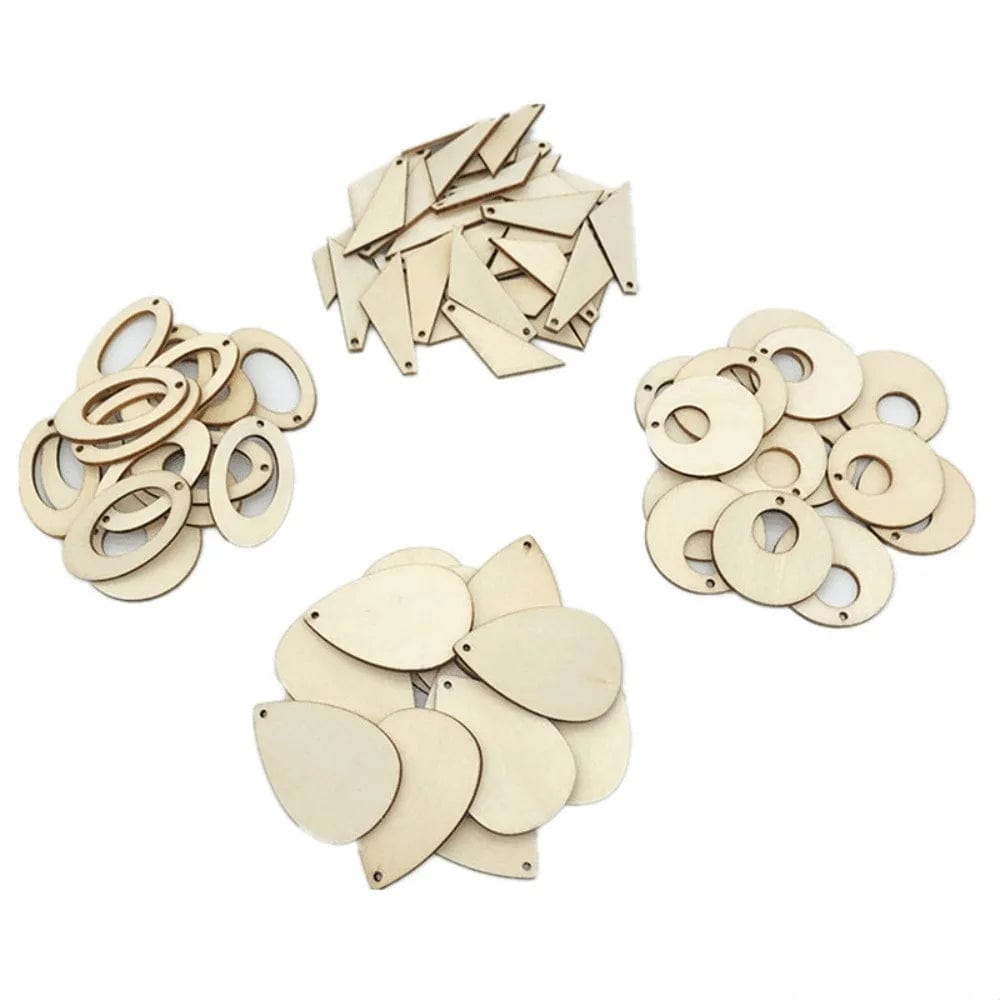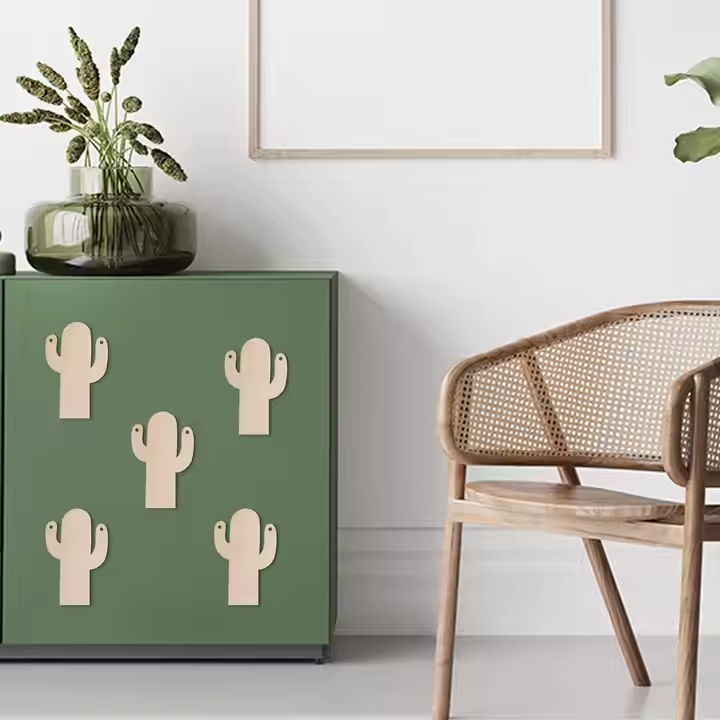You might wonder how much is a yard of wood in 2025. The average price for lumber stands at $601.50 per 1,000 board feet, and prices keep rising due to timber shortages and mill labor issues. Knowing the price helps you plan your budget, whether you build or buy. Wood prices depend on measurement units like yard, cord, or board foot, each affecting cost. This year, supply chain delays, rising demand, and possible tariffs all play a part in shaping the market.
Key Takeaways
- In 2025, lumber costs about $601.50 for 1,000 board feet. This price is because of supply problems and high demand.
- Prices change a lot for different wood types. Cherry and Cedar cost more. Poplar is cheaper and good for saving money.
- Local markets can change lumber prices a lot. Places with lots of building may have higher prices. This is because more people want wood.
- It is important to know about board feet and cords. These units help you buy the right amount of wood.
- Buying a lot of lumber from wholesalers can save money. This is better than buying from stores for big projects.
How Much Is a Yard of Wood

Average Price in 2025
If you want to know how much is a yard of wood in 2025, you need to look at the latest lumber market data. Right now, the average price for lumber sits at $601.50 per 1,000 board feet. This number comes from recent market reports and reflects the ongoing changes in the industry. You might notice that prices have not dropped back to pre-pandemic levels. Instead, they have stayed high because of supply chain problems and strong demand.
Let’s look at how much is a yard of wood compared to last year. In August 2025, the Framing Lumber Composite reached $616.16, which is a 16.77% increase year-over-year. Southern Yellow Pine (SYP) prices also climbed to $83.72, up 5.51%. The Timber Price Index followed the same trend. Experts expect lumber futures to rise even more, possibly hitting $627.26 in the third quarter and $673.33 within the next year. SYP prices may settle between $500 and $600 per thousand board feet because builders need more wood for new homes. U.S. housing starts are growing by 3.7% each year, so you can expect prices to stay strong.
| Metric | August 2025 | YoY Change |
|---|---|---|
| Framing Lumber Composite | $616.16 | +16.77% |
| Southern Yellow Pine (SYP) | $83.72 | +5.51% |
| Timber Price Index | $83.72 | +5.51% |
Note: In 2025, lumber prices have jumped because of mill closures, wildfires, and tight supply. These issues have cut U.S. production by 7% since 2023.
Wood Type Price Range
You might wonder how much is a yard of wood when you pick different types. The price depends on the species and thickness. For example, Cherry, Maple, Poplar, and Cedar all have their own price ranges. Here’s a quick look at what you can expect to pay in 2025:
| Wood Type | 4/4 | 5/4 | 6/4 | 8/4 |
|---|---|---|---|---|
| Cherry | $6.00 | $6.50 | $6.50 | $6.75 |
| Poplar | $3.00 | $4.50 | $4.75 | $5.00 |
| Aromantic Cedar | $5.50 | $6.50 | $7.00 | $7.50 |

If you choose Cedar, you need to watch out for new duties. Starting July 29, 2025, the antidumping duty jumped from 7.66% to 20.56%. The countervailing duty also rose from 6.74% to 14.63% in August. Because of these changes, prices for high-grade cedar boards have gone up by 3% to 5% since 2023. Right now, you might pay anywhere from $8.50 to $16.50 per linear foot for premium cedar.
Regional Price Differences
How much is a yard of wood can also change depending on where you live. Some regions have steady supplies, while others face shortages or weather problems. Here’s a quick look at two major markets in 2025:
| Region | Pricing Insights |
|---|---|
| Western North Carolina | Stable supply conditions for premium hardwoods, consistent production levels. |
| Southern Georgia | Market affected by Hurricane Helene, processing salvaged timber, leading to supply imbalances. |
Local supply and demand play a big role in how much is a yard of wood. If you live in an area with lots of new homes, you might see higher prices because builders need more lumber. Weather events, like hurricanes or wildfires, can also push prices up by making wood harder to find. For example, in the second quarter of 2025, pine sawtimber averaged $21.73 per ton, up from $19.60 last year. Mixed hardwood sawtimber reached $32.17 per ton, and oak sawtimber hit $42.55 per ton, both showing steady increases.
- The demand for sawtimber comes from the need for finished wood products, especially in home building.
- Local economic conditions, weather, and even pests can change how much is a yard of wood in your area.
- When supply chains get tight, contractors compete for the same lumber, which drives prices higher.
If you plan to buy lumber in 2025, keep an eye on your local market. Prices can swing fast, so checking with local suppliers can help you get the best deal.
Timber Prices and Measurement Units
Yard vs Cord vs Board Foot
When you shop for timber, you see different measurement units. Each one tells you something about the amount of wood you get. You might hear about a yard, a cord, or a board foot. These units can make pricing confusing, so let’s break them down.
Here’s a table that shows the main differences:
| Measurement Unit | Description | Volume Calculation | Pricing Implications |
|---|---|---|---|
| Yard | Used mostly in landscaping. Not a standard for lumber pricing. | Varies by local market. | Prices change depending on where you buy. |
| Cord | A stack of wood, 8 feet long, 4 feet high, and 4 feet wide. | 1 cord = 128 cubic feet (solid). | You pay by the number of cords. |
| Board Foot | Measures lumber: 1 inch thick, 12 inches wide, 12 inches long. | Calculated by board feet sawn from timber. | Higher value for lumber production. |
A yard is not common for pricing timber, but you might see it at garden centers. A cord is popular for firewood. If you buy lumber for building, you pay by the board foot. The unit you choose affects how much you spend.
Standard Size Conversions
You want to compare prices, but the units can get tricky. Here’s how you can convert between them:
- For pine logs, 1 cord equals about 2.68 tons or 5,360 pounds.
- For hardwood logs, 1 cord equals about 2.90 tons or 5,800 pounds.
If you need to switch from price per ton to price per cord or board foot, use these quick tips:
| Wood Type | Price per Ton to Price per Cord | Price per Ton to Price per Thousand Board Feet |
|---|---|---|
| Pine | Multiply by 2.68 | Multiply by 7.5 |
| Hardwood | Multiply by 2.90 | Multiply by 8.75 |
Let’s say you want to buy timber for a project. You check the price per ton, but the seller lists the cost per cord. You can multiply the price per ton by 2.68 for pine or 2.90 for hardwood. If you need the price per thousand board feet, multiply by 7.5 for pine or 8.75 for hardwood.
Tip: Always ask your supplier which unit they use. This helps you avoid surprises and makes sure you get the right amount of timber for your money.
You can use these conversions to compare prices and make smart choices. Whether you buy a cord for your fireplace or board feet for a new deck, knowing the units helps you save money and get the timber you need.
Price Factors
Wood Species and Grade
The price of lumber changes with species and grade. Some wood types cost more because they look nice and last longer. High-grade White Oak and Black Walnut are more expensive. Medium-grade White Oak got cheaper by 11.3% in 2024. Medium-grade Black Walnut got much more expensive, up 56%. Hard Maple prices went up between 12% and 21%. Yellow-Poplar and Red Oak prices also change with grade. Here is a table to help you compare:
| Wood Species | Quality Grade | Price Trend (2024) | Price Change (%) |
|---|---|---|---|
| White Oak | High | Increased | N/A |
| Medium | Decreased | -11.3% | |
| Low | Increased | +2.8% | |
| Black Walnut | High | Increased | N/A |
| Medium | Increased | +56% | |
| Low | Increased | +3.4% | |
| Hard Maple | All | Increased | 12-21% |
| Yellow-Poplar | High | Decreased | -2.8% |
| Medium | Increased | +12.6% | |
| Low | Increased | +16.9% | |
| Red Oak | High | Slowly Improving | N/A |
| Medium | Decreased | -1 to -2.3% |
Treatment and Processing
When you buy lumber, you see treated and untreated choices. Treated lumber costs more because it lasts longer. It also fights bugs and rot better. Untreated lumber is cheaper but does not last as long outside. Here is a simple table:
| Type of Wood | Price Comparison |
|---|---|
| Treated Wood | More expensive |
| Untreated Wood | Cheaper |
Supply Chain and Demand
Prices go up when supply chains break or demand grows. In 2025, lots of people want lumber for new homes and fixing old ones. Low-interest rates and remote work help keep demand high. Bad weather and slow production make prices rise. Many people pick lumber because it is good for the planet. This makes even more people want to buy wood.
- More homes and renovations mean steady demand.
- Weather and production problems slow supply chains.
- People like lumber for its green benefits.
Purchase Channel
Where you buy lumber changes the price. Wholesalers sell big amounts for less money. Retail stores charge more because they sell small amounts. Buying in bulk from a wholesaler saves you money per yard.
Additional Costs
New tariffs make imported lumber cost more in 2025. You pay a 10% tariff on lumber and extra import taxes. Lumber from Canada now has a 45% tariff. Kitchen cabinets and furniture tariffs go up to 25%. More increases will happen in 2026. These tariffs make materials cost more for everyone.
Tariffs make lumber prices go up, especially for wood from other countries. The U.S. buys a lot of Canadian lumber, so higher tariffs mean you pay more. Lumber tariffs make building and fixing homes cost more. This leads to higher prices for wood products.
Timber Prices Trends

Yearly Comparison
You might wonder how lumber prices in 2025 stack up against past years. The numbers show some interesting changes. Madison’s index tracks the price for 1,000 board feet of lumber. In September 2025, the price reached $430. That’s a 6% increase from last year and a 3% bump from two years ago. If you look back just one month, you’ll see a drop of 14%. The current state of lumber prices shows that things can change quickly.
Here’s a table to help you see the difference:
| Date | Price (US$ mfbm) | Change from Previous Year | Change from Two Years Ago |
|---|---|---|---|
| Sept 26, 2025 | 430 | +6% (+26) | +3% (+14) |
In the week ending September 26, 2025, the price stayed flat at $430. One month earlier, the price was $501. You can see that the increase in lumber prices is not always steady. Sometimes, prices jump and then fall back.
Seasonal Fluctuations
You probably notice that lumber prices move up and down during the year. Spring brings more building projects, so prices go up. When summer ends, demand drops and prices fall. Lumber prices in April 2025 were higher because builders started new homes and renovations. By late summer, fewer people bought lumber, so prices went down.
Here are some reasons why prices change:
- More construction in spring pushes prices higher.
- Less demand in late summer lowers prices.
- Tariffs on Canadian lumber make prices go up.
- Wildfires and other disasters slow timber production and raise costs.
- Labor shortages delay deliveries and affect prices.
If you plan to buy lumber, watch for these seasonal changes. You can save money if you buy when demand is low. The price of timber depends on many things, but knowing the trends helps you make smart choices.
Buying Tips
Calculating Wood Needs
You want to avoid buying too much or too little lumber for your project. Start by planning your project on paper. Use construction drawings to estimate how much timber you need. For stud framing, include header materials and calculate sheeting by multiplying the height by the width of each wall. Create a cut diagram to see which boards and cuts you need. Combine board feet and linear feet calculations for accuracy. Always add 10% to 15% extra to cover waste. Here’s a quick formula for stud walls:Number of Studs = Wall Length (in inches) / On-Center Spacing (in inches) + 1
For plates and supports, use:Board Feet = Length (ft) x Width (in) x Thickness (in) / 12
This approach helps you buy the right amount and avoid extra trips to the store.
Bulk vs Retail
Buying lumber in bulk can save you a lot of money, especially for big projects like pole barn construction. Check out this comparison:
| Aspect | Wholesale Wood Flooring | Retail Wood Flooring |
|---|---|---|
| Price Range | 30-50% below retail pricing | Standard market pricing + markups |
| Top Benefits | Direct manufacturer pricing | Higher costs due to markups |
If you buy from a wholesaler, you get lower prices and better deals. Retail stores charge more because of markups. For large pole barn construction, bulk buying makes a big difference in your budget.
Cost-Saving Strategies
You can keep your costs down with a few smart moves:
- Watch market trends for lumber prices.
- Talk to suppliers for real-time updates.
- Stay flexible with your project plans.
- Use panelized construction to cut costs.
- Keep open communication with suppliers.
- Optimize your wood supply chain.
- Lower fixed costs for procurement and logistics.
2025 Pole Barn Pricing
If you’re looking at 2025 pole barn pricing, expect to pay $20 to $60 per square foot for a basic shell. Most pole barn construction projects cost between $15,000 and $60,000, depending on size, features, and materials. Smaller barns cost less, while larger, custom barns cost more. Factors like location, intended use, and customization affect the final price. To save money, compare prices, hire experienced contractors, and stick to your budget. Always add 10–15% for unexpected expenses and keep good records for tax time. If you use 2025 pole barn plans, you can plan ahead and avoid surprises.
Lumber prices in 2025 are still high. The average price depends on demand, supply, and new duties. When you buy wood, check for changes in supply. Red Oak and White Oak supplies can change fast. Buying straight from mills can help you pay less. Prices might go up if tariffs stay the same. But prices could drop if production grows. You can save money by taking out old flooring yourself. Get a few quotes before you buy. Pick good lumber that will last a long time. If you keep learning about prices, you can get the best deal.
FAQ
How do you figure out the cost of a yard of wood in 2025?
You check the latest lumber prices for 2025. Look at board foot rates and compare them to local supplier quotes. Always ask about extra fees or delivery charges before you buy.
What wood type costs the most in 2025?
Cherry and premium cedar usually cost more in 2025. Cedar prices jumped because of new duties. If you want a budget option, poplar and pine are cheaper.
Can you save money by buying wood in bulk in 2025?
Yes, you save money when you buy large amounts in 2025. Wholesalers offer better deals than retail stores. You get lower prices per yard and can negotiate discounts.
Why do wood prices change so much in 2025?
Prices move because of supply chain delays, weather events, and new tariffs in 2025. High demand for new homes also pushes prices up. Always watch market trends before you buy.
What is the best way to measure wood for your project in 2025?
You use board feet for most building projects in 2025. For firewood, you use cords. Always ask your supplier which unit they use so you get the right amount.






































